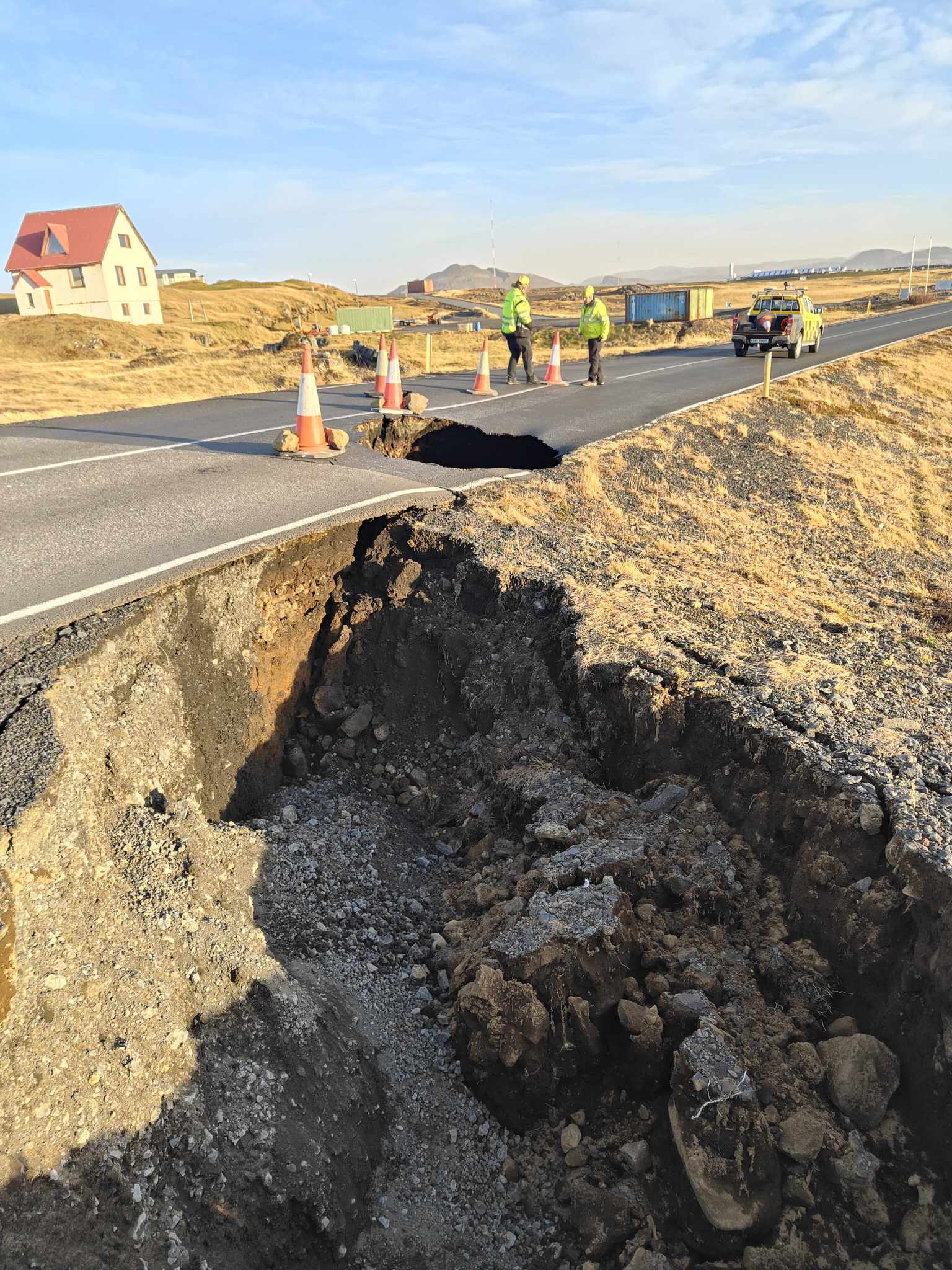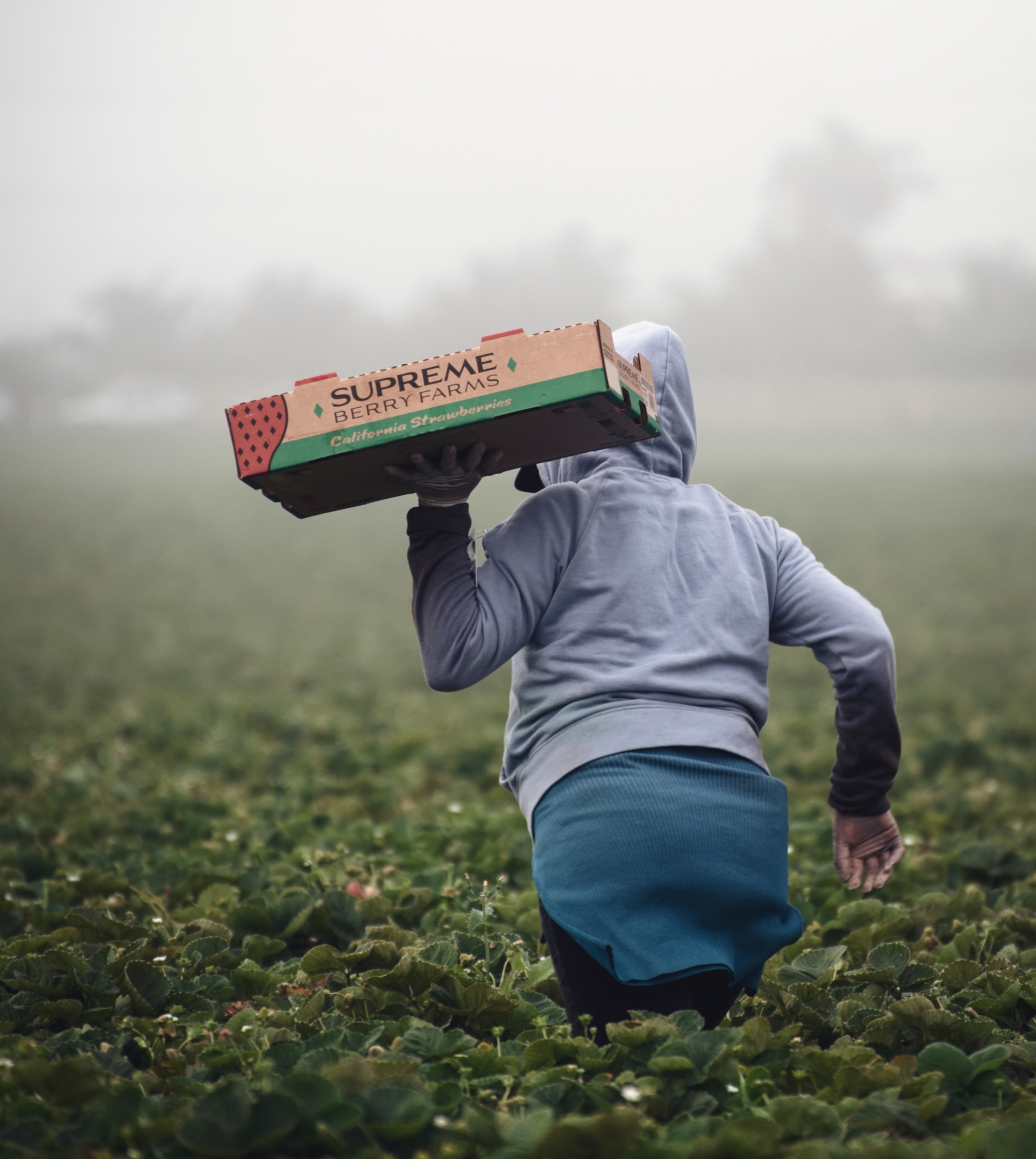What we’re watching: Weekly disaster update, November 13

We know all too well that disaster can strike anytime, anywhere in the world. Some disasters make headlines; others do not. Here at the Center for Disaster Philanthropy (CDP), we monitor the status of disasters worldwide and compile a list of the ones we’re tracking weekly, along with relevant disaster-related media coverage.
Here’s what we’re watching for the week of Nov. 13, 2023.
New or Emerging Disasters
Storm – Republic of Ireland and United Kingdom: Debi, the fourth named storm of the season, caused power cuts and travel disruption in the Republic of Ireland and the United Kingdom. The storm brought coastal flooding and widespread power outages across Ireland, where at least one person was injured. Most of the country was under now-expired red and orange wind warnings due to “severe and damaging gusts.”
As of Nov. 13, warnings for wind and rain were in force in Northern Ireland, Wales, northwest England and northeast Scotland. In Northern Ireland, Debi caused road closures and some disruption to public transport. Forecasters expect the storm could lead to localized flooding, especially in Northern Ireland and eastern Scotland.
Volcano – Iceland: Thousands of earthquakes shook Iceland’s southwestern coast over the weekend of Nov. 11, with officials warning of a “significant likelihood” of a volcanic eruption in the coming days. Officials declared a state of emergency near the Mount Fagradalsfjall volcano on the sparsely populated Reykjanes Peninsula. The town of Grindavik, home to about 3,000 people, was evacuated. Magma is estimated to be as close to the surface as 2,624 feet (800 meters) or even less, but experts are uncertain where the eruption will start along the fracture.
Wildfire – Hawaii: The Mililani Mauka Fire on O‘ahu started on Oct. 30. As of Nov. 11, the fire had burned 1,681 acres and was 90% contained. The fire is burning within the Oʻahu Forest National Wildlife Refuge, impacting and displacing rare and endangered species.
InciWeb’s incident overview says, “The forest is designated as a Priority 1 watershed that feeds into the Pearl Harbor Aquifer which is where the majority of O‘ahu gets its freshwater from.” There are also cultural losses when native forest burns.
More prolonged drought is making even the Koolau Mountains dry. VOA quoted Sam ’Ohu Gon III, senior scientist and cultural adviser at The Nature Conservancy in Hawaii, as saying the fact that this fire was on Oahu’s wetter, windward side is a “red flag to all of us that there is change afoot.”
Previous/Ongoing Disasters
Earthquake – Nepal: Since a 6.4 magnitude earthquake shook Karnali Province in western Nepal on Nov. 3, more than 466 aftershocks have been reported. Many survivors have spent nights in freezing overnight temperatures in the open or in makeshift shelters.
The earthquake, combined with pre-existing vulnerabilities, left 153 people dead while 364 were injured. Around 250,000 people, including 80,000 children, are affected in the seven most affected municipalities of Jajarkot and Rukum West. Urgent needs include non-food items, warm clothing and winterized shelters.
Earthquake – Morocco: A 6.8 magnitude earthquake hit the High Atlas Mountain region of central Morocco on Sept. 8. The earthquake’s timing, shaking the region in the late evening, combined with the structural vulnerability of many buildings, resulted in the death of at least 2,946 people, with 6,125 injured.
Although the government announced a $11.7 billion post-earthquake reconstruction plan and payments of financial aid to affected people continue, many earthquake survivors have not received support and are unsure how the recovery will help them.
As reported by The New Humanitarian, many of the affected people are Amazigh, an Indigenous group that traces its presence in Morocco back to before the Arab and Islamic conquest in the 7th century, and Amazigh women, in particular, face challenges.
For more, see our 2023 Morocco earthquake disaster profile.
Flooding – Somalia: The 2023 deyr (October to December) rainy season has continued to intensify, with heavy rains bringing flooding across Somalia, particularly in Puntland, Galmudug, South West, Hirshabelle and Jubaland states. The floods have affected 1.24 million people, displaced at least 456,000 and destroyed 4,500 shelters. At least 31 people have been killed by the floods since October. Reuters quoted Hassan Isse, managing director of the Somali Disaster Management Agency, saying, “What is going on today is the worst for decades. It is worse than even the 1997 floods.”
In addition to the disasters listed above, we actively monitor the following disasters or humanitarian emergencies. For more information, see the relevant disaster profiles, which are updated regularly.
- Afghanistan Humanitarian Crisis
- 2023 Atlantic Hurricane Season
- Horn of Africa Hunger Crisis
- 2023 Libya Floods
- Sudan Humanitarian Crisis
- 2023 US Tornadoes
- 2023 Turkey-Syria Earthquake
- Ukraine Humanitarian Crisis
Complex Humanitarian Emergencies – The Sahel Regional Crisis
Many places worldwide are experiencing emergencies caused by conflict, climate change, drought, famine, economic challenges and other conditions that combine to create a complex humanitarian emergency (CHE). CDP maintains complete profiles on several CHEs, and what CDP considers Level 1 CHEs are profiled in this weekly blog post and tracked.
In 2023, 34.5 million people in the Sahel need humanitarian assistance. The Sahel is a semi-arid region of western and north-central Africa and is one of the world’s most crisis-prone areas. The region experiences droughts, floods and land degradation that threaten livelihoods, and needs are exacerbated by armed conflict and violence.
The Armed Conflict Location and Event Data Project identified several key violent and military events across the region in October, especially in Mali. The persistence of conflict in the Sahel contributes to widespread and devastating humanitarian impacts, including food insecurity, displacement and disruption to education. Security forces and armed groups, including groups affiliated with al-Qaeda and the so-called Islamic State, are committing war crimes against civilians in Burkina Faso and Mali.
Across the region, 17.4 million people are food insecure and 1.9 million children in Burkina Faso, Mali and Niger are at risk of severe acute malnutrition. The World Food Programme (WFP) says the armed conflict in Burkina Faso is undermining vulnerable people’s access to food and basic services. The Food and Agriculture Organization of the UN and the WFP identified Burkina Faso and Mali as the countries with the highest acute food insecurity concern level alongside South Sudan and Sudan.
As 2023 entered its final quarter, humanitarian agencies had received just a third of the $4.6 billion required to implement activities planned in the countries’ 2023 humanitarian response plans.
Upcoming webinar
Dec. 14: Strangers in a strange land: Migrants and disasters in the US

What We’re Reading
- Who Lives in the Community Disaster Resilience Zones? – Urban Institute: Analysis from Andrew Rumbach, Sara McTarnaghan and Amy Rogin confirms that the people and communities living in places designated as Community Disaster Resilience Zones have consistently higher social and economic vulnerability levels than the country.
- Unpacking the post-pandemic funding landscape: A closer look at global aid and philanthropy – Alliance: The Transparency and Accountability Initiative looked into international funding trends in government and civil society, drawing from the data provided by the Organisation of Economic Co-operation and Development. They found increased philanthropic support for governance, health and the environment.
- Strong El Niño will drive high needs across Southern Africa through early 2025 – FEWS NET: The Famine Early Warning Systems Network (FEWS NET) has issued an Alert for Southern Africa where more than 20 million people across Southern Africa are estimated to face Crisis (IPC Phase 3) or worse food security outcomes in early 2024.
- Long road ahead for Afghan earthquake survivors, especially women – The New Humanitarian: Despite an outpouring of support from Afghan society, relief efforts suffered from major challenges, “especially for vulnerable groups such as women and children, and, with winter coming, an urgent rebuilding programme is needed to provide survivors with proper shelter.”
- You’ve just lived through Earth’s hottest 12 months on record – The Washington Post: According to scientists at Climate Central, the planet is closer than ever to a 1.5-degree-Celsius warming threshold that could trigger irreversible ecological damage. The analysis found that “average temperatures over the past year have met or exceeded the 1.5 degree-Celsius warming threshold in nearly a dozen countries in Europe and northern Africa.”
- Earth close to ‘risk tipping points’ that will damage our ability to deal with climate crisis, warns UN – The Guardian: “A new report from the UN University (UNU) in Germany has set out a series of risk tipping points that are approaching, but said having foresight of these meant that it remained possible to take action to prevent them. The climate tipping points are large-scale changes driven by human-caused global heating, while the risk tipping points are more directly connected to people’s lives via complex social and ecological systems.”
I enjoyed this fascinating Radiolab story about how three tree ring scientists helped to triple the amount of historical data available on hurricanes.
